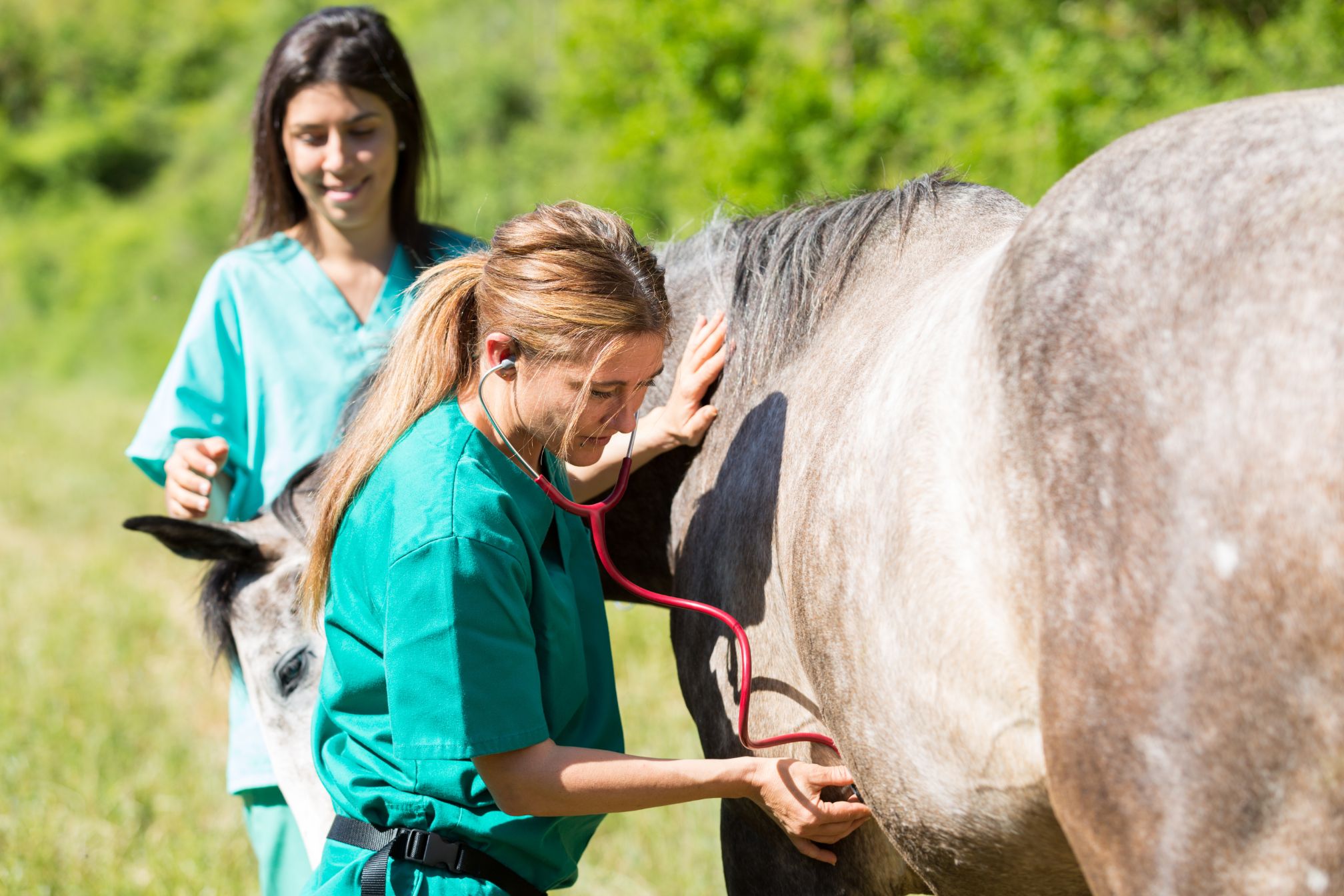A veterinary technician supports veterinary doctors as they provide medical care to animals. Veterinary technicians work in both the front office providing administrative support to people visiting the clinic and alongside veterinarians while they work with animal patients.
Veterinary technicians (or vet techs for short) perform a wide assortment of tasks. In the front office, where they provide administrative support, they do everything from greeting people and their pets, calming animal patients (and their human companions too), scheduling appointments, invoicing and billing, providing aftercare instructions, and following up with owners on the status of their animals after procedures. In a clinical setting, vet techs assist veterinarians during exams by obtaining vital signs, completing diagnostic testing, administering injections and medications, and helping with prescribed treatments. During surgical procedures, vet techs assist vet doctors throughout the course of the procedure both with surgical anesthesia and the procedure itself. After inhouse medical procedures, vet techs track the animal’s recovery and progress until they are released back to their owner. They further assist the veterinarian in discussing all discharge procedures and providing aftercare instructions to people as they take home their pets. Vet techs also ensure all required health and safety protocols are followed at all times in the clinic and when administering care. This includes preparing rooms to specific standards, maintaining and sterilizing equipment, and proper disposal of waste.
 Where do veterinary technicians work?
Where do veterinary technicians work?Vet techs work at veterinary clinics and hospitals, zoos and wildlife parks, government organizations, humane societies, and animal shelters. Depending on their interests, a vet tech can choose to work with large animals, typically in a farm, ranch or zoological settings; small domesticated animals, like dogs, cats, and rabbits; or even exotic animals, such as lions, tigers, and pandas. The types of animals helped by vet techs are determined by the veterinarian they work for and the veterinarian’s specialization.
Because of the administrative and clinical tasks performed by veterinary technicians and the health and safety protocols veterinary work requires, enrolling in a degree program is an important step to becoming a veterinary technician. Equally import is finding a program that incorporates a hands-on externship as well.
Just as there are many types of places for vet techs to work, there are many shifts and schedules as well. Animals need care around the clock and throughout the year. For those needing the consistency of a set daily schedule, many veterinary clinics offer that in part-time or full-time employment options. Clinics that provide twenty-four-hour emergency care also provide shifts throughout the day and even on weekends and holidays. Additionally, specialized care facilities, zoos, and shelters also have different schedules. Becoming a veterinary technician is an excellent career choice for those that love animals, enjoy hands-on work, and who also desire a flexible career.
More on Veterinary Technician